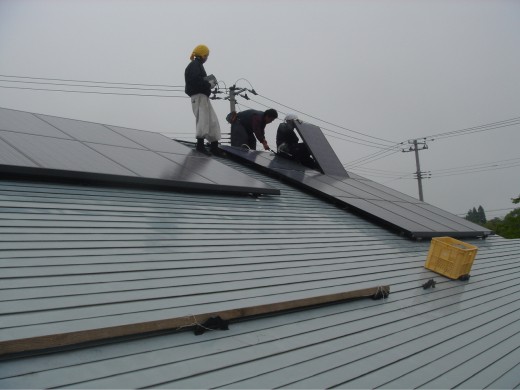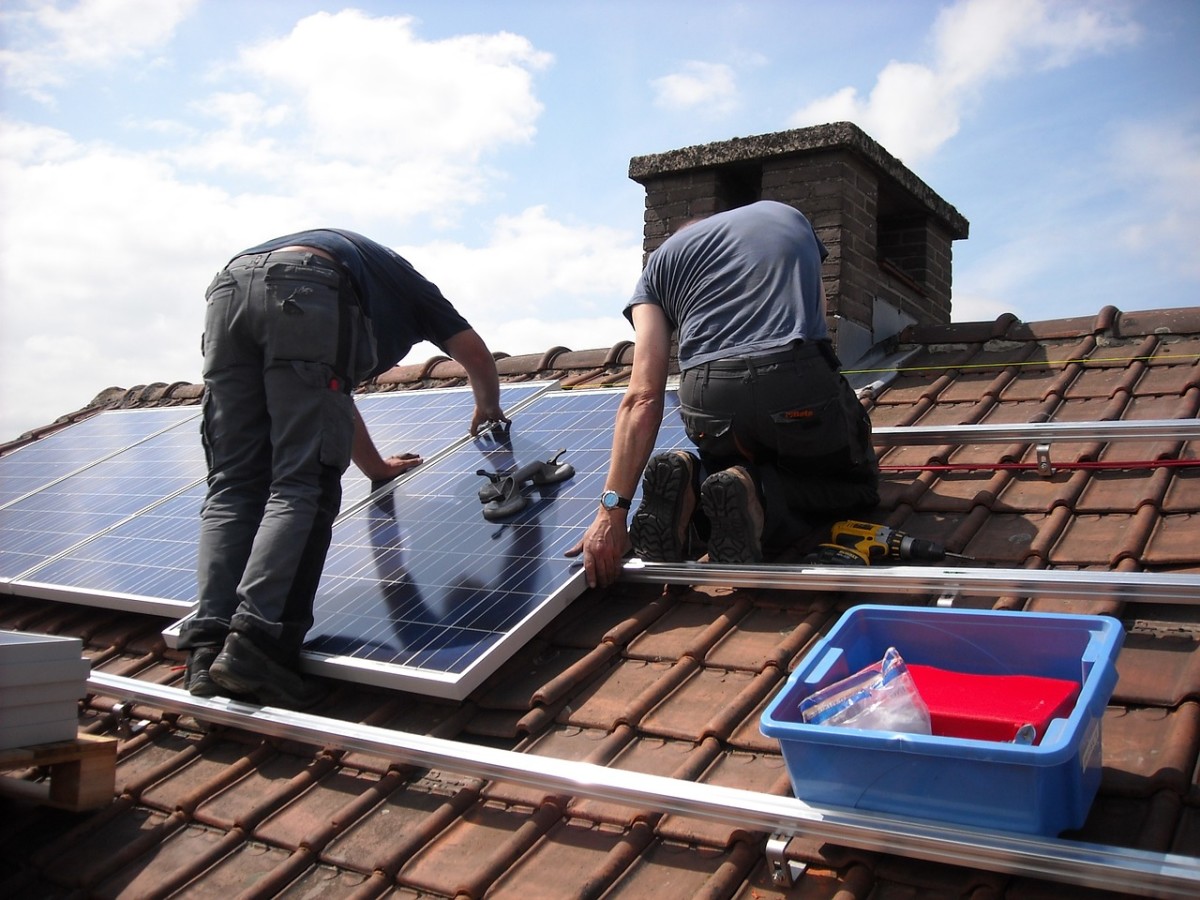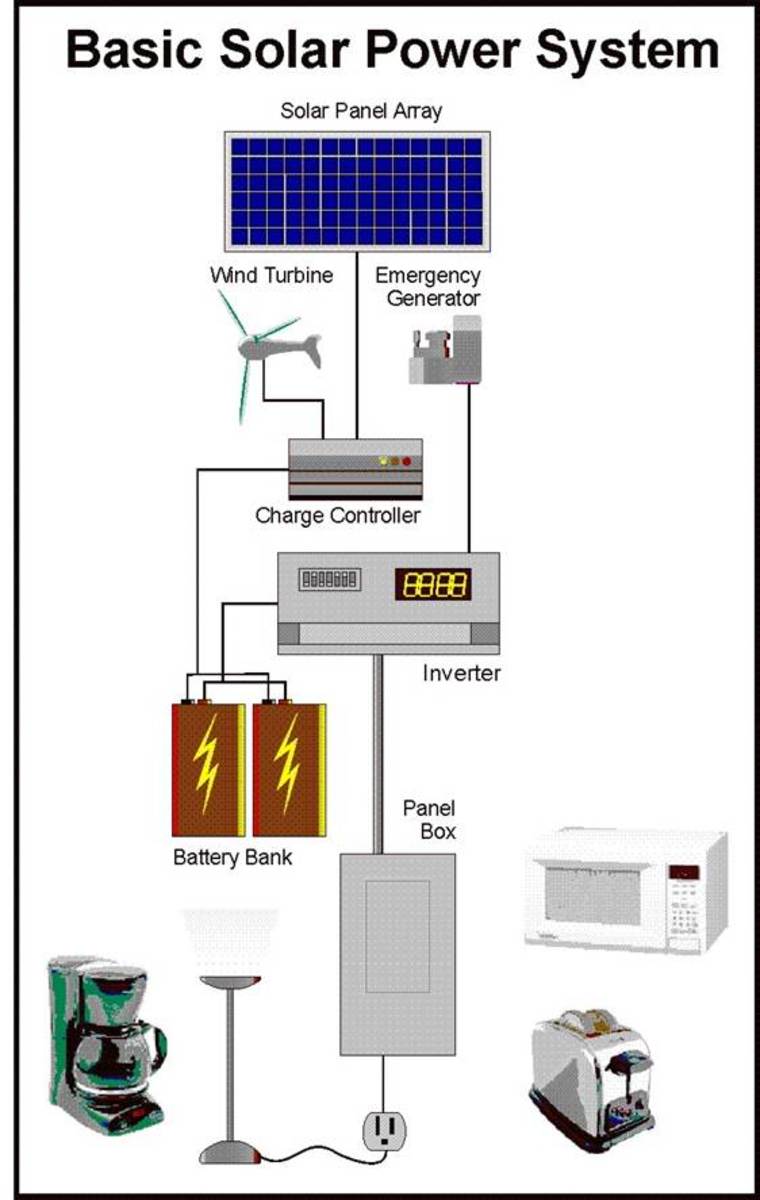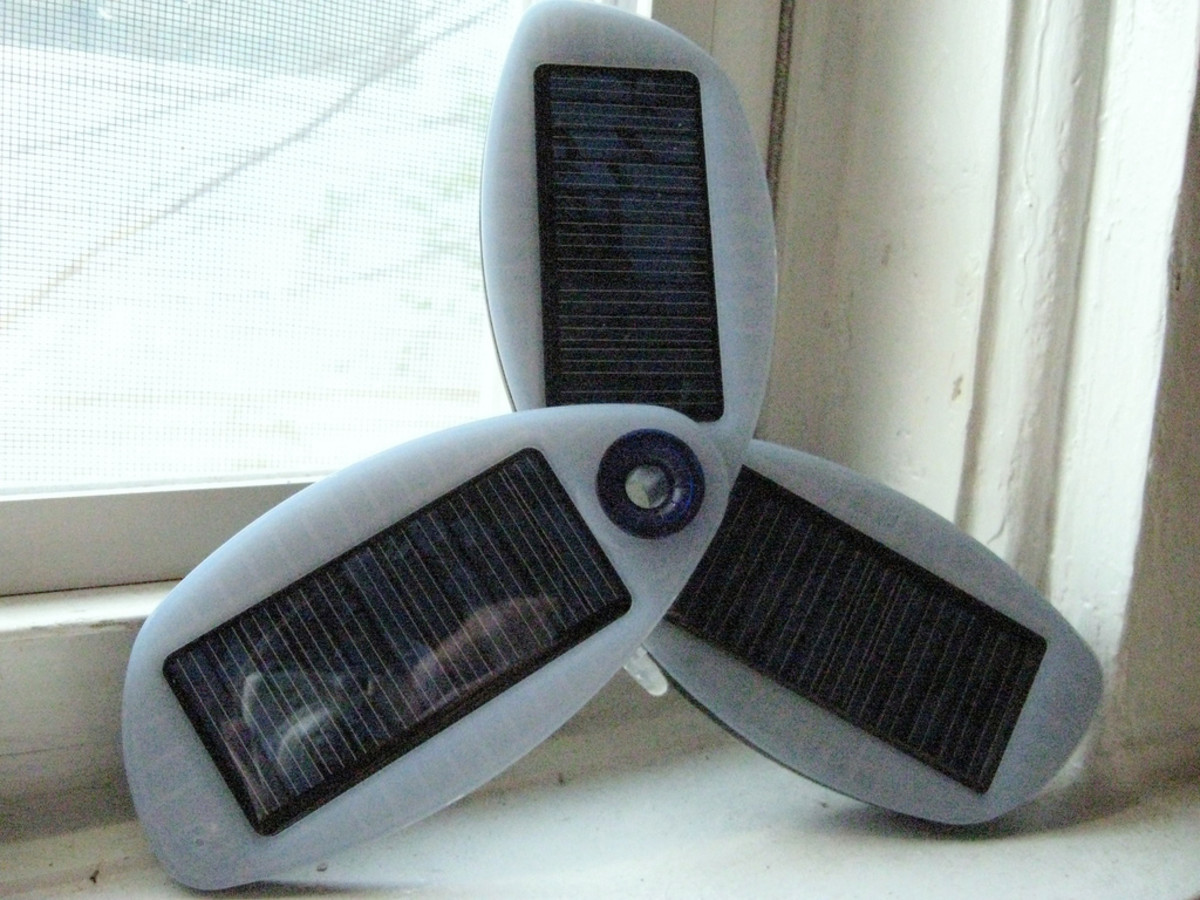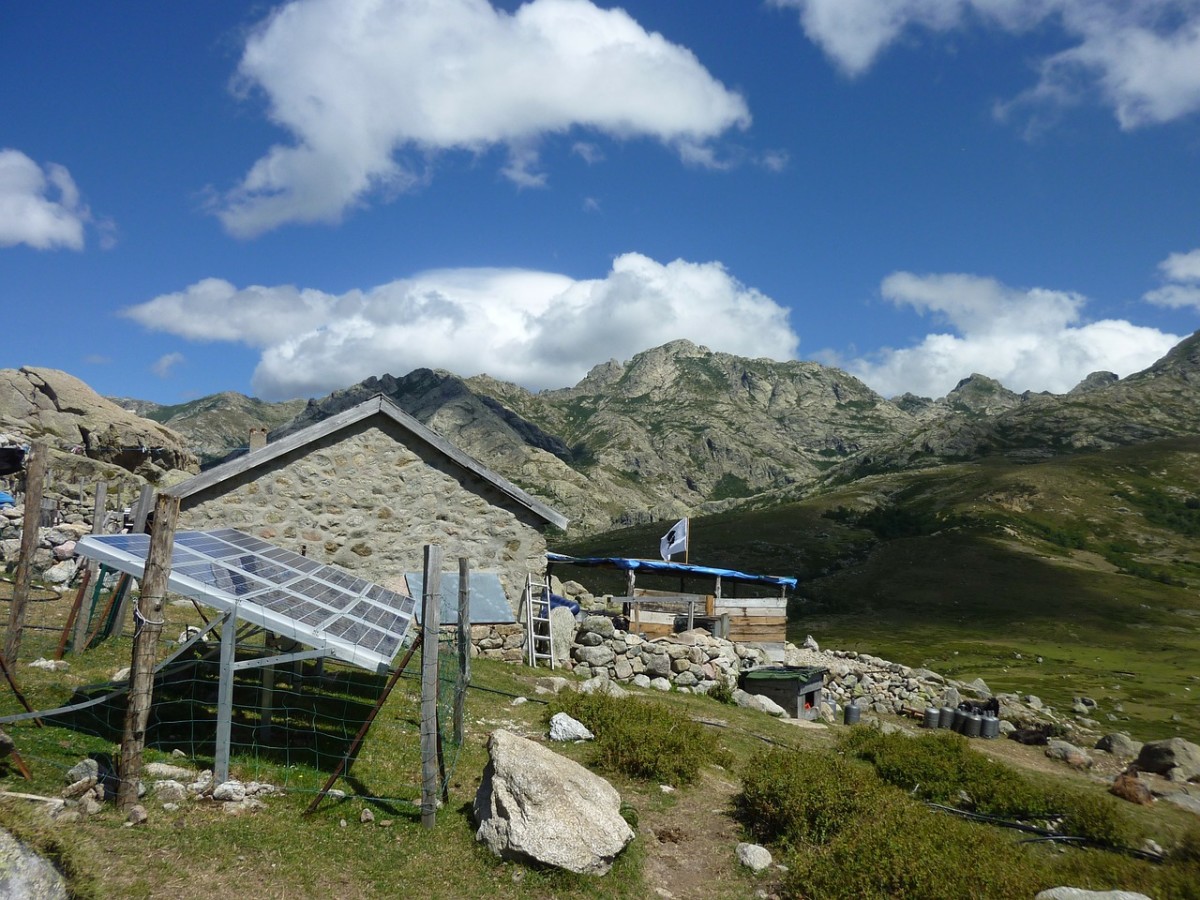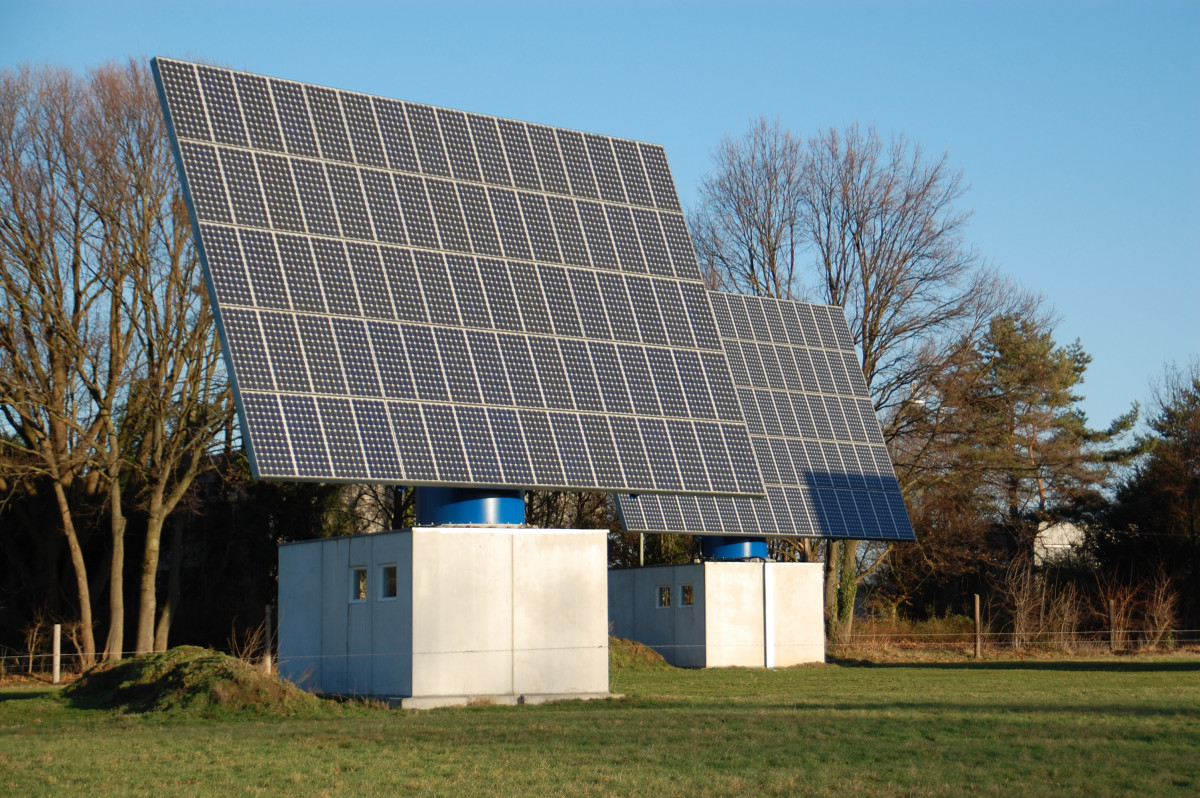Solar Energy | Photovoltaics
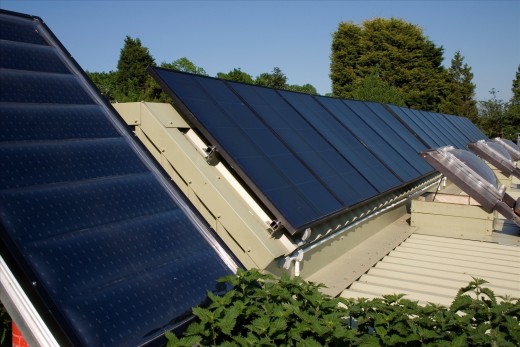
Going Green With Solar Energy
Every day more and more people try to live a little more "green." The whole "going green" concept has rapidly swept across many nations in an effort to better our planet. One of the hottest topics in this green movement is renewable energy. Our planet's oil supply is limited and will eventually be used up so we need other forms of energy that we can rely on for a much longer period of time.
One of the most popular forms of alternative energy is solar power. There are several methods of harnessing solar energy but photovoltaic (PV) cells are predicted to be the most commonly used method.
History of Photovoltaic Cells
The first photovoltaic cells date about about 50 years ago. In the 1950's the first PV cells were used on man-made satellites to provide electrical power. At this time the cost of producing PV cells was high so the cells were unlikely to be used by average consumers.
The energy crises in the 1970's brought attention to our need for renewable energy and more focus was put upon making PV cells cheaper (thus more affordable to customers) while maintaining quality. By the end of the 1970's, PV cells were more readily available to larger businesses.
The 1980's brought a wave of PV cells used in consumer electronics. Products from watches and calculators to lanterns and battery chargers. Small scale PV cells were becoming readily available to the public to replace non-rechargeable batteries.
Progress has continued through today and PV cells (and solar energy in general) continue to make progress and prices continue to fall. Presently PV cells are available to anyone and everyone. Although prices may still be a little too high for everyone to be jumping on-board, there are major programs in several countries including the US and some European nations that are trying to implement PV cells on buildings (both commercial and residential).
How Do PV Cells Work?
PV cells are made of 2 layers of silicone. The upper layer is very thin and made of phosphorus-doped silicone (negative layer) and the lower layer is thicker and made of boron-doped silicone (positive layer), The positive and negative layers come in contact near the top of the cell. This point is called the P-N junction (P stands for positive and N stands for negative). At the P-N junction an electrical field is created. This field helps move incoming sunlight to electrons that are stimulated by the light. When an electrical load is connected to the PV cell, the current will flow and the load will receive power.
PV cells are generally hooked into a system. There are different types of system but most of the use the same major compontents: DC-AC power inverter, battery bank, system controller, battery controller, battery bank, and auxiliary energy sources. Batteries are generally included to store extra energy. Once the battery is full, any excess energy not being used by the load is sent into the grid (if it is hooked up) to supply power back to power companies.
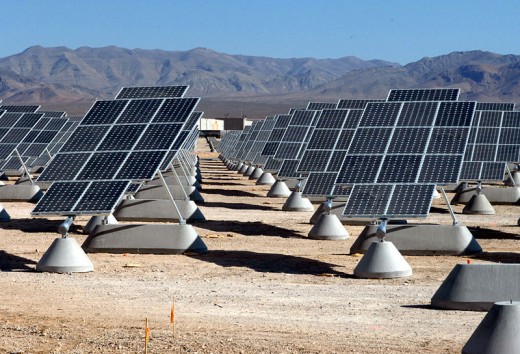
Pros of Photovoltaic
- Systems can be designed for a variety of applications/operational requirements
- Can be used for centralized or
distributed power generation
- Systems have no moving parts
- Modular
- Easily expandable
- Transportable (if designed to be)
- Energy
independence
- Environmentally friendly
- Free fuel (sunlight)
- No noise pollution
- Well designed and properly installed systems need minimal maintenance and last for quite some time
Cons of Photovoltaic
- Systems and equipment are expensive
- Surface area requirements may be troublesome
Not Much Longer
As you can see, the main issue with installing PV cells on all of our homes and businesses is the cost (and for a few, the space required). However, history has shown that prices have come down a long ways from where they started. With that in mind, it won't be long before we're all investing PV systems to help our planet.
